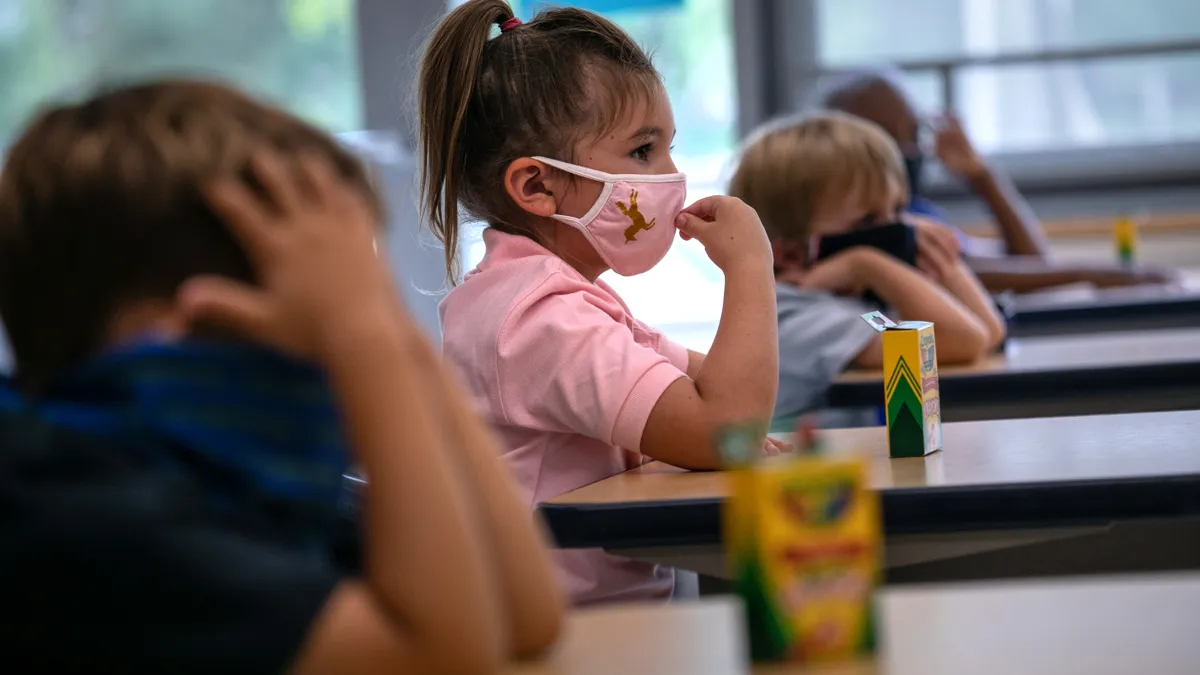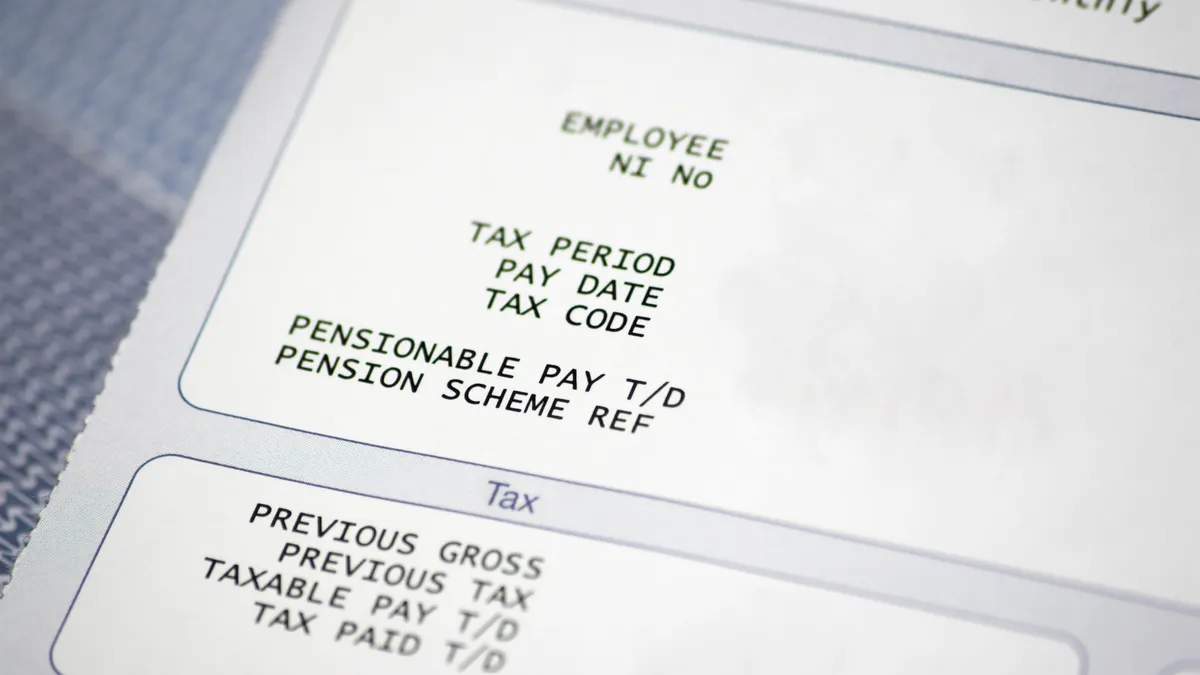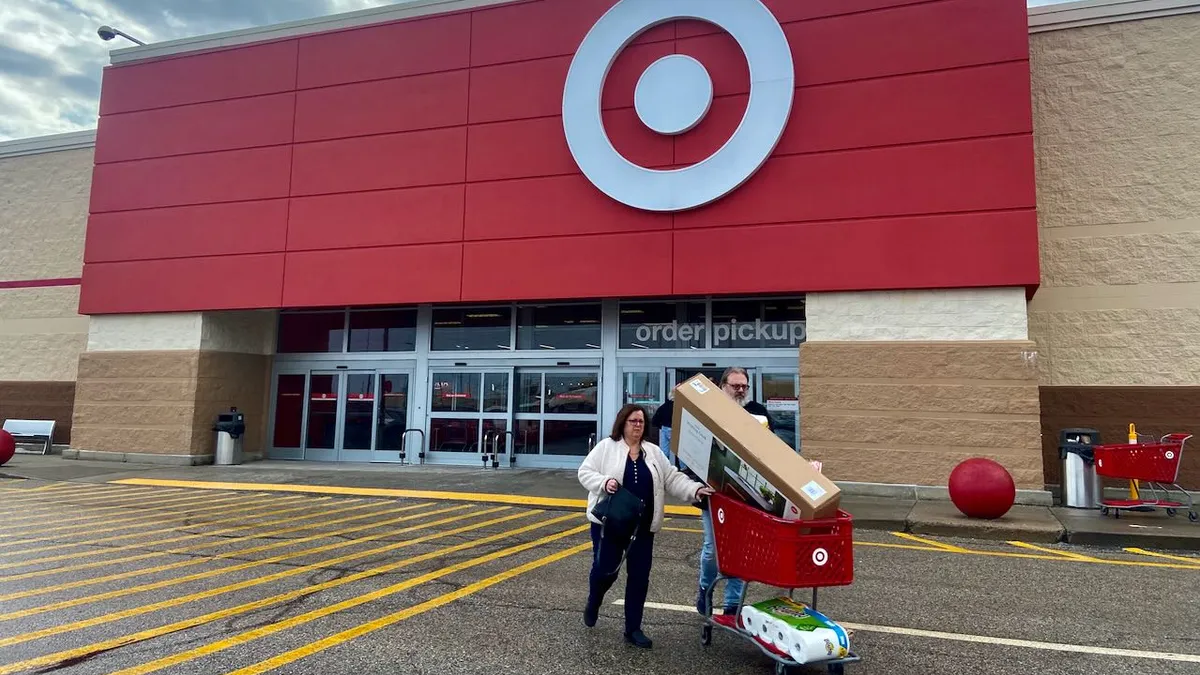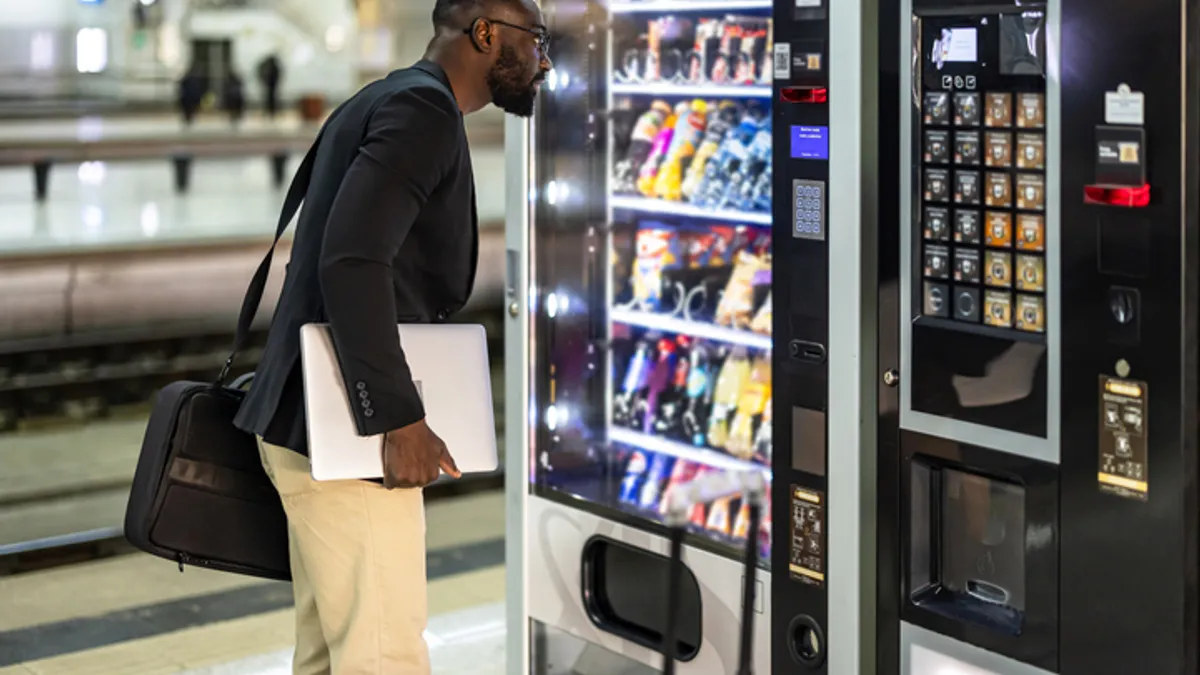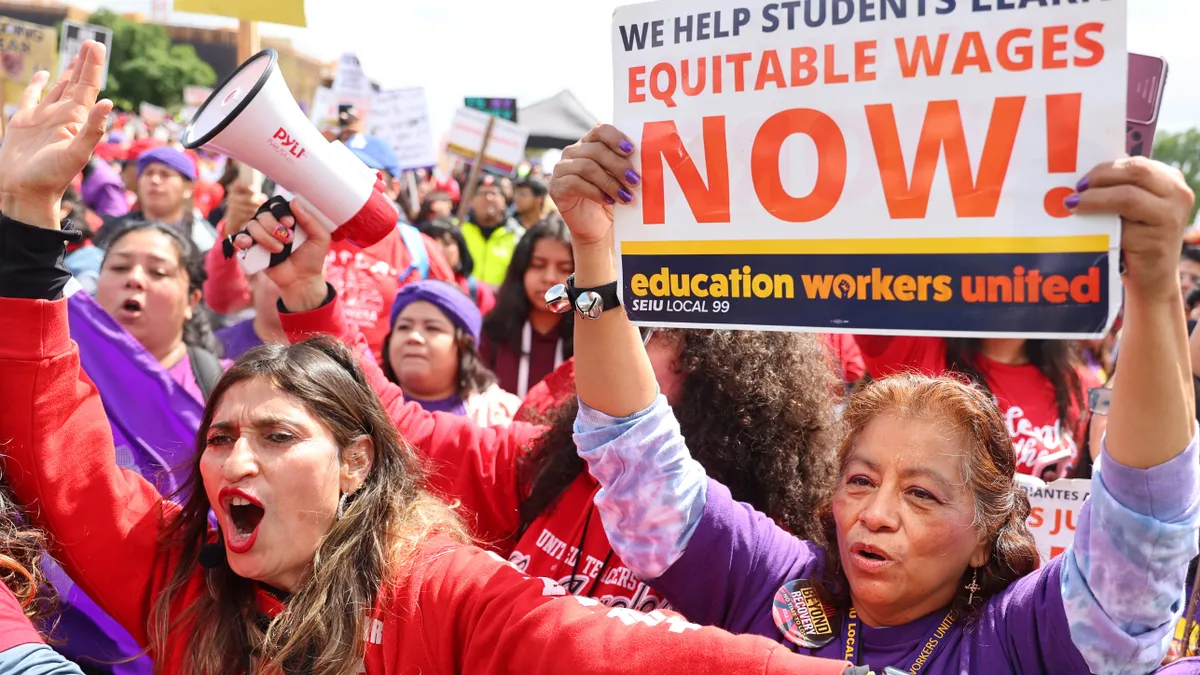Dena Bravata is chief medical officer at Castlight Health and co-founder of Lyra Health.
Mental health issues for everyone have been steadily increasing over the past several years, but the pandemic has made things worse.
For example, in 2018, people with employer-sponsored insurance spent, on average, $74 per person per year for mental health services. This increased to $106 in 2020 and $118 in 2021, according to a recent Castlight Health analysis of more than 160 medical claims across the commercially insured population. In response, employers deployed a number of new programs to support their employees' mental health, including employee assistance programs, mental health coaching programs, and telemental health. While such programs provide meaningful support for adults, including those caring for children with mental health issues, very few are specifically directed at the mental health needs of children and teenagers.
Not only is the average cost of mental health care higher for children and teens than for adults ($177 and $195 per kid per year in 2021, respectively), the rate of increase is much steeper. Growth in medical spend for teens was 26% in 2020 to 17% in 2021 and 11% in 2020 to 22% in 2021 for children, compared with 19% in 2020 and 12% in 2021 for adults. Moreover, pediatric populations have experienced higher rates of self-injury and suicide cases since the start of the pandemic.
Parents and caregivers want to find solutions to help their children overcome these challenges, but they struggle to find and access high-quality mental health resources.
One of the key barriers to care is the shortage of pediatric behavioral health providers. On average, there are about 10 child psychiatrists in the U.S. per 100,000 children aged 18 and under. The American Academy of Pediatrics estimates that four times that number are needed to address the nation's needs. Further, mental health and behavioral health providers are mainly located in urban areas, so these mental health provider deserts disproportionately impact children who live in the more than two-thirds of U.S. counties that lack a metropolitan area. All of this, coupled with the fact that many hospitals and other healthcare providers had to shift priorities to care for COVID-19 patients, has led to a national emergency in child and adolescent mental health.
Treating behavioral health challenges as soon as they emerge means kids are better able to reach developmental milestones earlier in life, thus helping them develop healthy coping and social skills. Delays in treatment can lead to life-long consequences that cause problems at home, in school, and in some cases, continue into adulthood. Therefore, it's crucial we address this national emergency as quickly and effectively as possible.
Employers bear a disproportionate share of the burden of mental illness-related costs in the US
This crisis is critically impactful to employers because parents with children under 18 make up 40% of the workforce. Employers bear the direct costs of all healthcare for their populations — including mental health services. People seeking behavioral health support represent 5% of the total population yet account for 44% of total healthcare costs. A person who has diabetes and depression, for example, has four to five times the costs compared to a person with diabetes alone. Additionally, employers pay indirectly for the lost productivity for parents caring for children with mental health issues.
These factors underscore the need for employers to offer solutions that support their employees whose children require mental health care — especially those that consider the needs of the whole household. Employers can move beyond employee assistance programs and parental leave to incorporate programs that provide specialized support for children and teens including those that address pediatric depression, anxiety, autism and ADHD — the four most prevalent conditions among kids. Specifically, benefit leaders should seek interventions that address the clinical needs of children, support parents and coordinate with school-based programs.
Connecting kids and their families to behavioral health support
Many families in need of mental health services for a child require personalized support for finding the care they need. For example, it is common for a family to need a combination of services such as a pediatric psychotherapist to provide care for the child, parent training to help the parents manage their kid's needs, and family counseling to support parents whose relationship may have been strained by their child's behavior. Families need to understand the differences in the services provided by licensed clinical social workers, psychologists, mental health coaches and psychiatrists. Finding such a team, especially one that is in network and conveniently located near the child's school and parents' work or home, is often best accomplished by high-touch navigation services. Given the importance of getting the right care team in place, employers may want to specifically ask navigation partners to describe their approach to supporting the entire household.
Telemental health programs offer convenient access (often at lower cost than in-person care) for many services—and some, like Brightline, are designed specifically for families of children with mental health needs. However, recent studies have shown that telehealth offerings are not being utilized as much for children as they are for adults, for rural populations as they are for urban ones, or for low-income communities as they are for wealthier ones. Clearly, there is an opportunity for employers to make vulnerable populations aware of the telemental health services available to them.
In the workplace, employee resource groups are gaining in popularity and employers can establish ones for working parents that also include programming to help kids and families navigate mental and behavioral health issues.
The ongoing national crisis in child and teen mental health requires a thoughtful and robust strategy. Parents and schools have a critical role to play. So, too, do employers.


